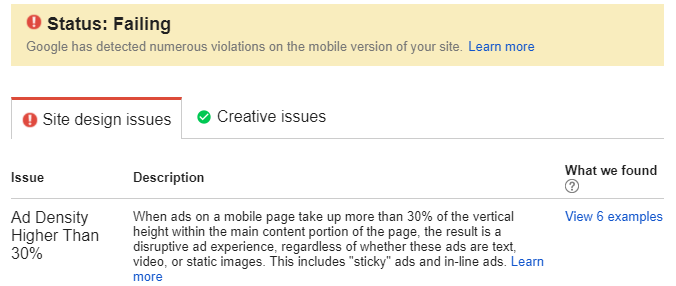Last Updated on November 16, 2019 by Mathew Diekhake
If you’ve been a webmaster over the last five years and continued to be one today and you’re traffic hasn’t risen, you’d probably be doing it pretty tough these days given the number of people choosing to block ads.
Google is a multi-billion dollar company thanks it owning its own advertising network called Google Adsense which is then displayed on websites that are mainly getting viewed thanks to its Google search engine. A masterful plan that was working quite well . . . until ad blockers began to rise.

There are a few ways in which computer owners can block an advertisement, but the most common way is just by installing an ad blocking web browser extension. Google Chrome is now the most used web browser, and its ad blocking extensions are also the most used. Google has chosen to allow these extensions in the Google Chrome Web Store rather than disallowing them, so they are playing a role in taking away their own revenue, likely to make sure they keep people using their web browser and not switching over to Edge, Firefox or other competitors.
The problem with allowing users to install ad blockers is that it blocks ads coming from all websites and relies on the user to manually whitelist the sites that they want to allow to make some revenue, which seldom happens.
Starting from February 15, 2018, Google is taking matters into its own hands and activating its own ad blocking solution from the Google Chrome web browser, completely unrelated to any of the extensions that people are using. From then on all sites that are displaying what Google deems to be too many ads or ads that are intrusive to the user experience will be automatically blocked, so the reader does not see them. No ad block plugins or solutions required on the users part.
The Google Web Tools Team sent out an email recently to all webmasters who are signed up to the Google Webmaster Tools that reads as follows:
Chrome will stop showing ads on SITENAME on Feb 15, 2018. Violating ad experiences detected on mobile.
Google systems have detected ad experiences on your site that may be highly annoying, misleading, or harmful to users. To protect your site’s visitors, on Feb 15, 2018 Google Chrome will stop showing all ads on mobile unless the issues are fixed.
Any sites that are using methods such as pop-up ads, pages with ad-density higher than 30%, flashing animated ads, prestitial ads, postitial ads with countdown, full-screen scrollover ads, large sticky ads, or auto-playing video ads with sound from mobile will have all advertising blocked for mobile readers.
The ad blocking changes Google is making are only for mobile devices. Desktop ads are already subject to not showing up if they are coming from Google’s own network when Google deems there are too many of them too close together. It’s not yet known if or when Google will apply the same ad blocking techniques to desktop computers in the future.
Ad blocking software isn’t being used anywhere as much on mobile devices compared with desktop computers. Having a smaller screen generally prevents people from putting in the same kind of effort to achieve these results compared with desktops. What’s more, the mobile experience is considerably more frustrating with too many ads.

Mobile usage is expected to continue to climb over the coming years. We often hear about many of the largest sites in the world saying they are always thinking about how to offer content on mobile devices better heading into the future. Where people are viewing the content is the same place that Google makes most of its ad revenue, so it’s important they look after their readers.
You might also be interested in:
- Mozilla Firefox 58.0.1 Fixes Windows Page Load Problems
- Google Chrome 64 for Android Released with Abusive Ad Experience Prevention
- Bypass Paywalls with Anti-Paywall for Chrome and Firefox
- How to Add Search Box to Firefox 57 Quantum
You can subscribe to our RSS, follow us on Twitter or like our Facebook page to keep on consuming more tech.
